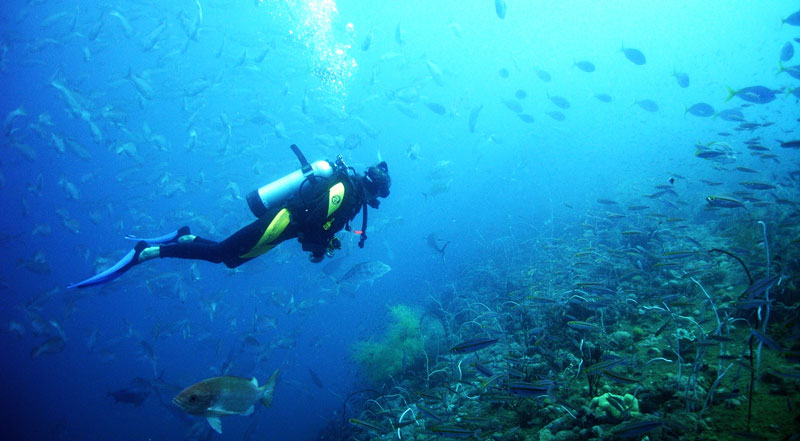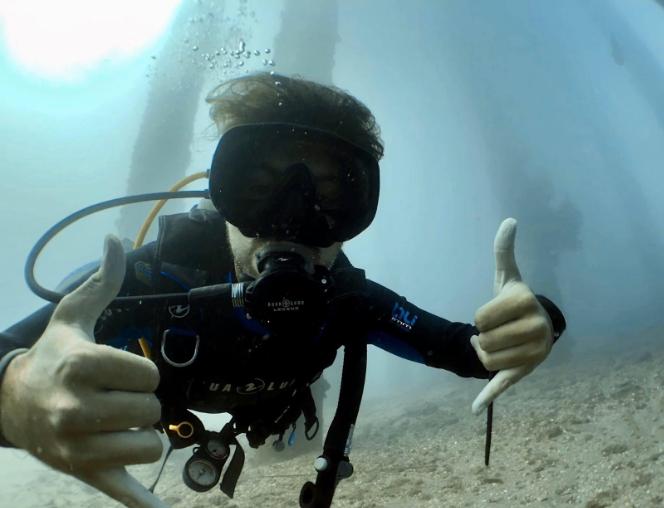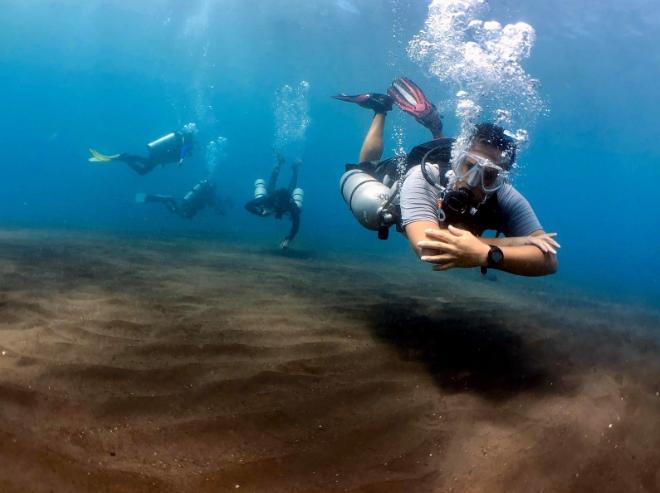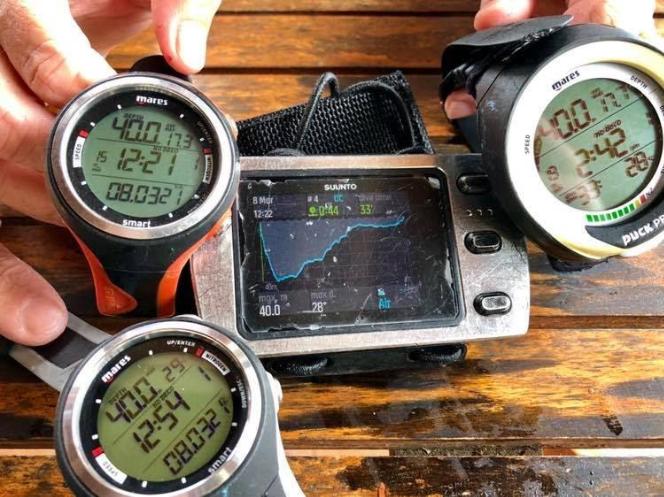Skill demonstration – How to Demonstrate Neutral Buoyancy
Today we will look at a skill that is useful for your PADI Divemaster or PADI IDC course, as it is part of the skill circuit that you are required to complete for both of these courses.
Getting comfortable with the skills require some practice and also to understand the intent of the skill: what it is meant to explain or make our students understand about diving?

Let’s look at the neutral buoyancy, also sometimes called “fin pivot”, even though this is not the only way to teach this skill. The aim of this skill is to have your students understanding how their breathing affect their buoyancy and get a sense of what it feels like to be neutrally buoyant.
The ”fin pivot” method is quite a common one that we will explain below, but it is certainly not the only way to teach this skill. Some of your students might find another position more comfortable and that is perfectly fine as long as the performance requirement is met: “Use low-pressure BCD inflation to become neutrally buoyant. Gently rise and fall in a controlled manner, during inhalation and exhalation.”
In order to demonstrate this skill, follow these steps:
- Deflate completely your BCD before lying flat on your stomach on the ground
- Take a breath and show that you are not going up
- Add a little bit of air in your BCD with the inflator button and repeat the breathing in and out part. You will likely gain some buoyancy but maybe not enough
- Repeat previous step until you become neutrally buoyant and you start rising slowly as you are breathing in
- Show that you are slowing rising and falling as you are breathing in and out. As experienced divers we know there is a delay between breathing in and rising, so you might also want to explain this to your students beforehand
- Keep your arms tuck as you are doing so, so only breathing is controlling your buoyancy. You should not touch the bottom with your chest or hands either
During your PADI Divemaster course or your Instructor course you will practice this skill and hopefully these few tips will help you master it!



